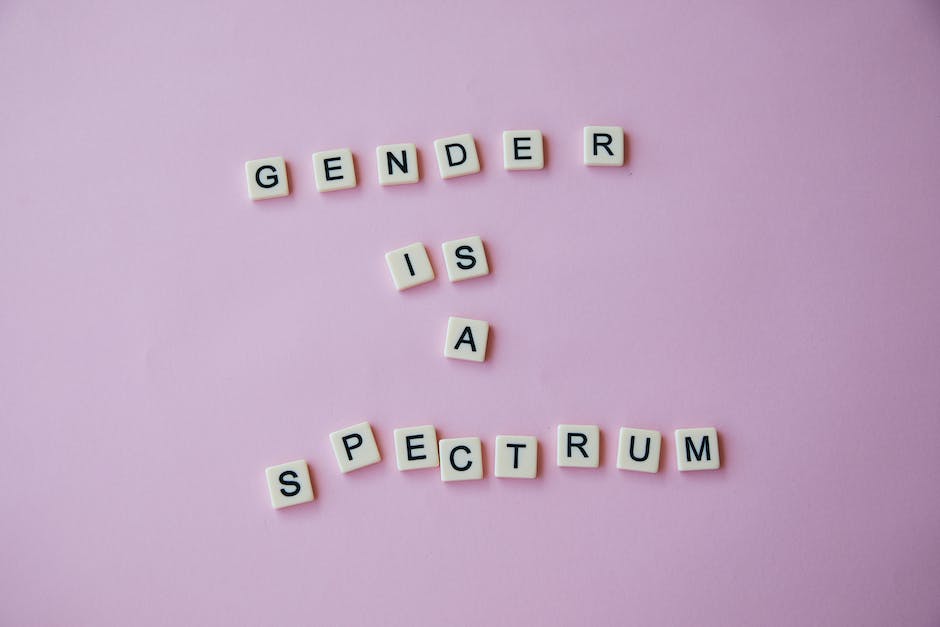California has a rich culture that dates back thousands of years. Though most people know California as a destination for marijuana growing, cannabis is also respected in history as a medium for artistic expression.
Throughout the early and late 20th century, California had an influential artistic community that integrated cannabis into their work. Many artists were celebrities in their time due to their famous clients, clients who often hired artists who were professionals at making money selling their work.
Many people took pride in selling their work and being recognized by others for it, which can still be seen today. Some people even created careers off of only selling tokes!
This article will go into some depth on some of the prominent artists from this era who used cannabis, and how it affected their work.
The cultural influence of California
While cannabis is not well known internationally, it has had a major influence on other nations for centuries.
traditionally, cannabis was used to treat pain. This is still the case today as many pharmaceutical drugs are prescribed based on cannabis.
In Europe, cannabis was widely used as a recreational drug and is still common today. Many countries outlaw its use for fear of negative effects on society and individuals.
Many famous artists and intellectuals have smoked pot in the past and today. These people found it to be a productive way to relax and get things out of their heads.
This has had an impact on the quality of art that has been produced in the last century in California.
The cultural influence of the 1960s

Until the 1940s, California was largely a place for farmers and farmers’ families. After the agricultural economy fell during the Great Depression, many moved away and headed into rural areas to continue working in the agricultural industry.
With cannabis being a major crop in this area, many moved up to L.A. and into the marijuana industry. These people were known as potters, who created beautiful objects to exchange and share. Some potters even became famous among friends and family members’ social circles, creative, and business communities.
The 1960s were a time of change in general, not just for culture but for people. People started experimenting with different drugs and cultures, finally finding what was most important to them. This has had an impact on today’s culture as well as former ones.
Impressionism and cannabis
Between the late 1880s and the early 1900s, several major trends emerged in painting, sculpture, and architecture in California. One of these trends was known as impressionism, a style that employed traditional materials but exaggeratedly stylized them.
The impact of this style is widespread. Some of the most recognizable buildings in California are impressionist in nature: the luxurious hotels and movie studios of Santa Monica and Hollywood; the old train stations found throughout the state; and even some modern buildings like Sam Wills’s New Assembly Building in Sacramento.
In music and dance as well, new styles were created based on impressionism: chromaticism, évolution, post-impressionism, and Futurism respectively. In all three cases, new styles that had not been seen before began to spread and influence existing ones.
Modernism and cannabis

While cannabis was never a dominant influence in the aesthetic of early California, its presence is undeniable.
Before the 1920s, cannabis was not a plant widely used by people. It was a rare commodity you could buy at a grocery store or drug store, not a fine arts museum or gallery.
However, after the stock market crash of 1929, many wealthy Californians began to use cannabis to relax. This trend continued until the end of the silent film era in 1927, when cannabis use fell out of favor.
In 1937, however, President Ulysses Grant issued an order legalizing marijuana for medical purposes once more. This time around, fewer people sought out medical marijuana as legal medication due to political opposition.
As political and social forces changed over the course of this period, modern and classic art merged together to create advanced aesthetic movements.
Cannabis and jazz
While cannabis was hardly the exclusive domain of jazz artists in the late 19th and early 20th centuries, it was frequently used as a creative outlet.
Both jazz and cannabis culture have been linked historically, as both genres incorporated elements ofanteswian, classical music and intoxication, respectively.
While no single artist has ever towered over the drug as a inspiration, cannabis-related art has existed for decades to paint a more complete picture.
From murals to sculptures, pot art has been beautifully captured by our culture. Those that can capture their thoughts and feelings on a piece of art can say what they want inside. It is not just about creating pictures or drawings, it is about writing, singing, and playing music with the intention to influence audiences.
Cannabis and literature
There has been a rich and storied history of cannabis and literature in California. Many of the region’s most prominent artists and writers have used or studied cannabis.
In 1944, writer Ken Kesey published One Flew Over the Cuckoo’s Nest in paperback form. The novel has gone on to become one of the most famous works of literature ever created.
In recent years, cannabis has been connected to literary phenomenon Thomas Pynchon. In 2007, Pynchon self-published his first book, a collection of essays titled The Small City. It was later released as a novel in 2010 under the title Mason & Dixon Point.
Both books discussed life in San Francisco at the time of publication and featured cannabis as an integral part of their work environment.
Famous artists who used cannabis
Famous artists who used cannabis are not hard to find. Most of them were just very creative people who liked to use it.
Many famous artists of the past used hash oil as a paint base or stir fry vegetable. Some even painted with it!
Johnnie Broussard is an interesting example. He was a famous painter from the 1920s and 1930s. He was known for his use of hash oil as a paint base. His work is highly sought after today.
Today, there are many museums that display works by using cannabis as an art material. You can find these at both national and local levels. Many use it as an easy way to get high while working.
What is art?
We ask this question because we think it matters how we define art, and how we include people in the word of art.
Because of how we define art, some artists will not be represented in a way that is representative of their talent. For instance, an artist who paints houses may be considered artistic but not widely recognized.
By including someone who paints houses in a painting program, they are included as an elite talent within the program. They can become very successful before they gain widespread recognition, which could be a shame.
Another example: An artist who creates large sculptures that are aesthetically pleasing and easy to move. These artists may never be recognized for their talent because the general public does not appreciate this type of work.
However, those who love beautiful art will always enjoy these creators’ work.


